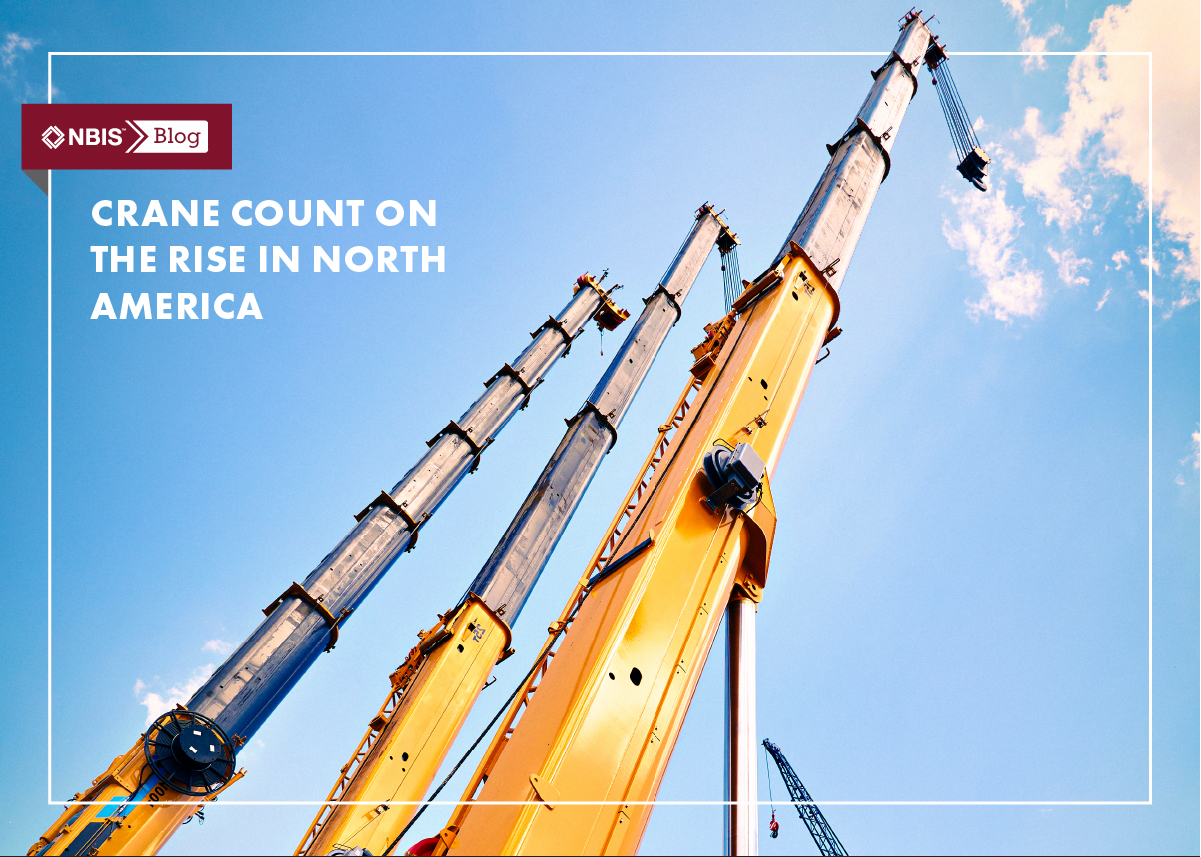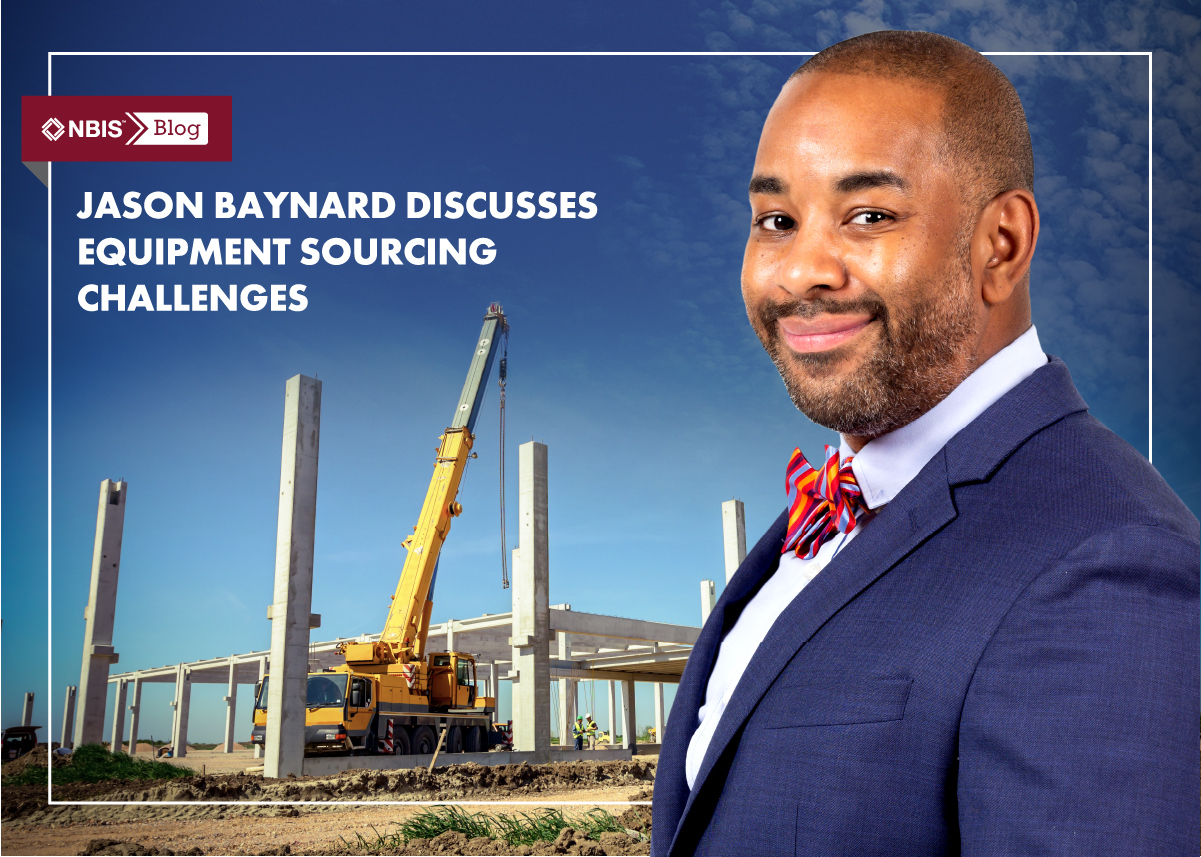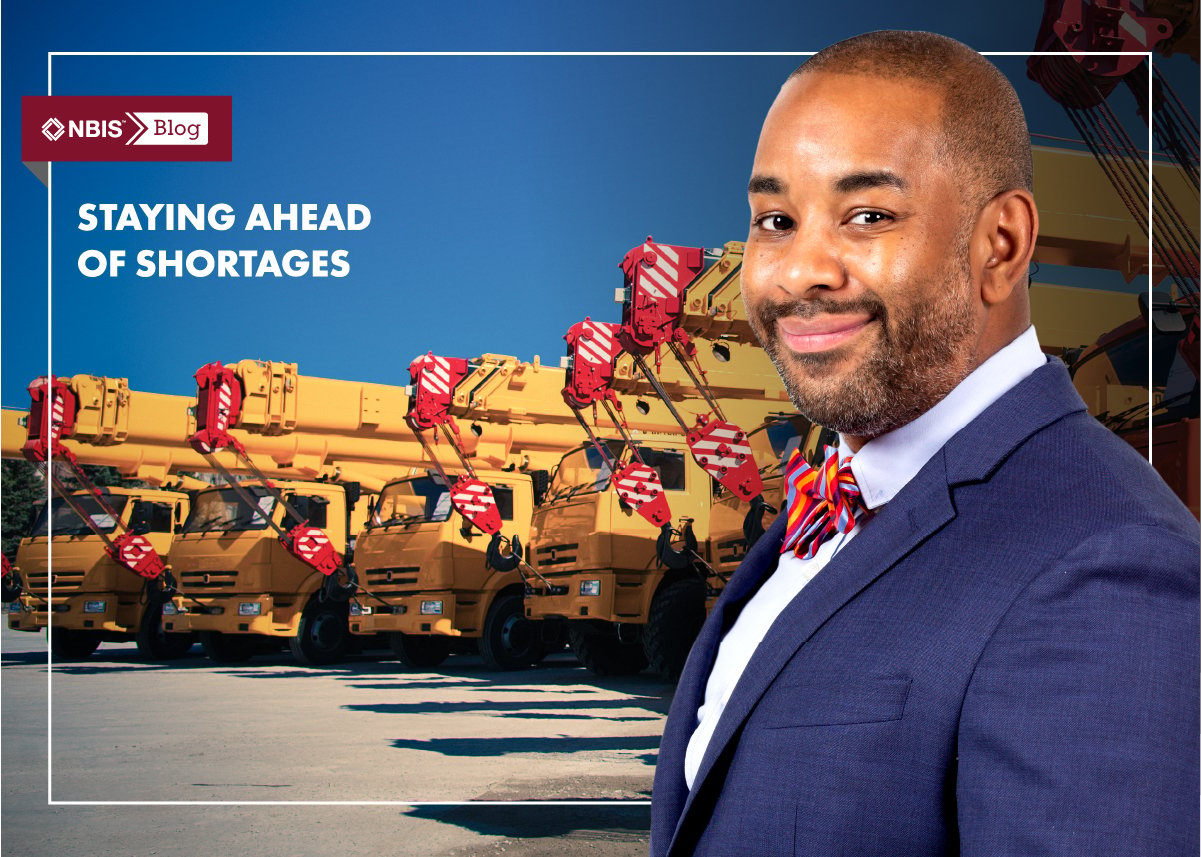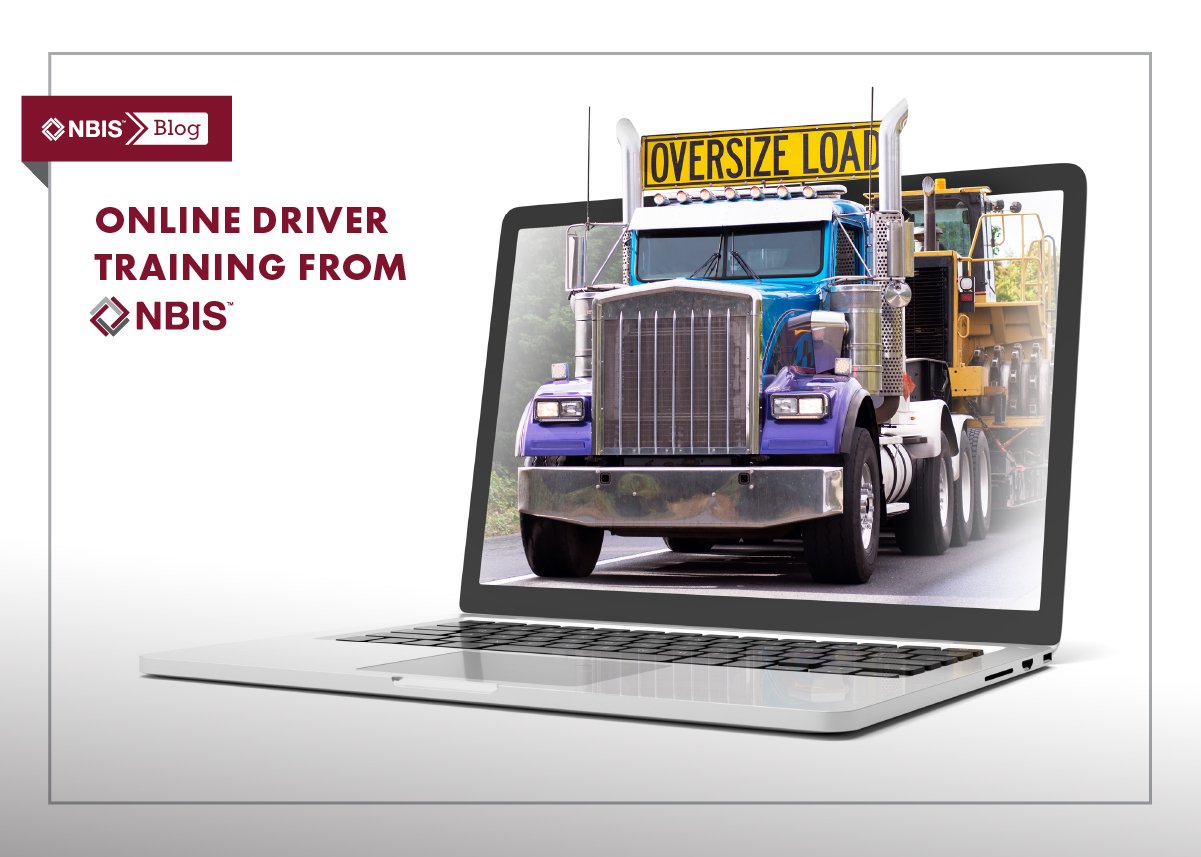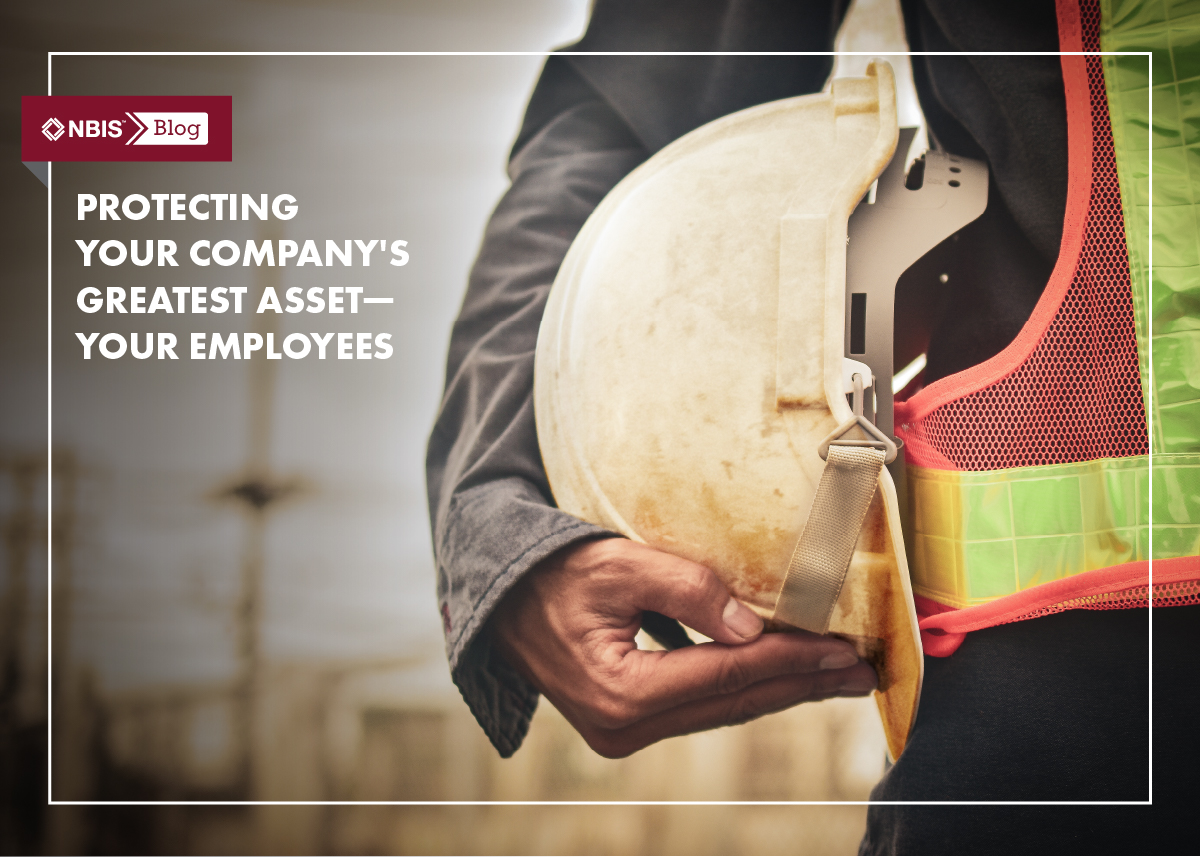Rider Levett Bucknall (RLB) recently published their biannual report on the number of cranes operating in North American, the RLB Crane Index, and the numbers are looking up. According to the index, the number of cranes increased by 4.7% since the last report in Q3 2021, an indication that the construction industry is continuing to recover.
The report looks at how many cranes are operating in fourteen major North American cities and “gives a simplified measure of the current state of the construction industry’s workload in each location.” Of the fourteen cities surveyed, five experienced an increase in cranes, six are holding steady, and three reported a decrease in number of cranes.
New York, Chicago, Denver, San Francisco, and Toronto all welcomed new cranes to their city skylines in Q1 2022. Toronto continues to lead all North American cities in number of cranes in operation, with an increase of 21% from this time last year.
Residential construction makes up the majority of cranes counted in the index, with 50% of all cranes in North America dedicated to housing projects. Mixed-use projects account for 22% of cranes, and the commercial sector rounds out the top three with 10% of cranes dedicated to that sector.
Only three of the fourteen cities surveyed saw a “significant” decrease in cranes, or a change greater than 20%. While these numbers all seem to indicate that the construction sector is recovering, RLB’s report was cautiously optimistic.
The 4.7% increase from Q3 2021 to Q1 2022 just made up for a similar decrease reported from Q1 2021 to Q3 2021, according to RLB. On top of that, RLB expects, “the crane count to remain steady, as many projects are experiencing delays in their schedules due to supply chain issues and construction costs continue to climb up, giving some developers hesitancy to break ground at this time,” according to the latest report.
Signs of economic recovery are always welcome, and we’re encouraged to see construction numbers returning to, and surpassing, pre-pandemic numbers. Despite supply chain issues, labor shortages, and sourcing concerns, the construction industry continues its upward trend. We’ll continue to keep an eye on new developments and pass that information on to you.

